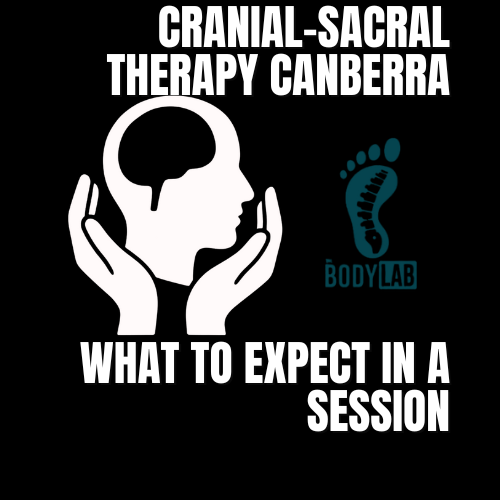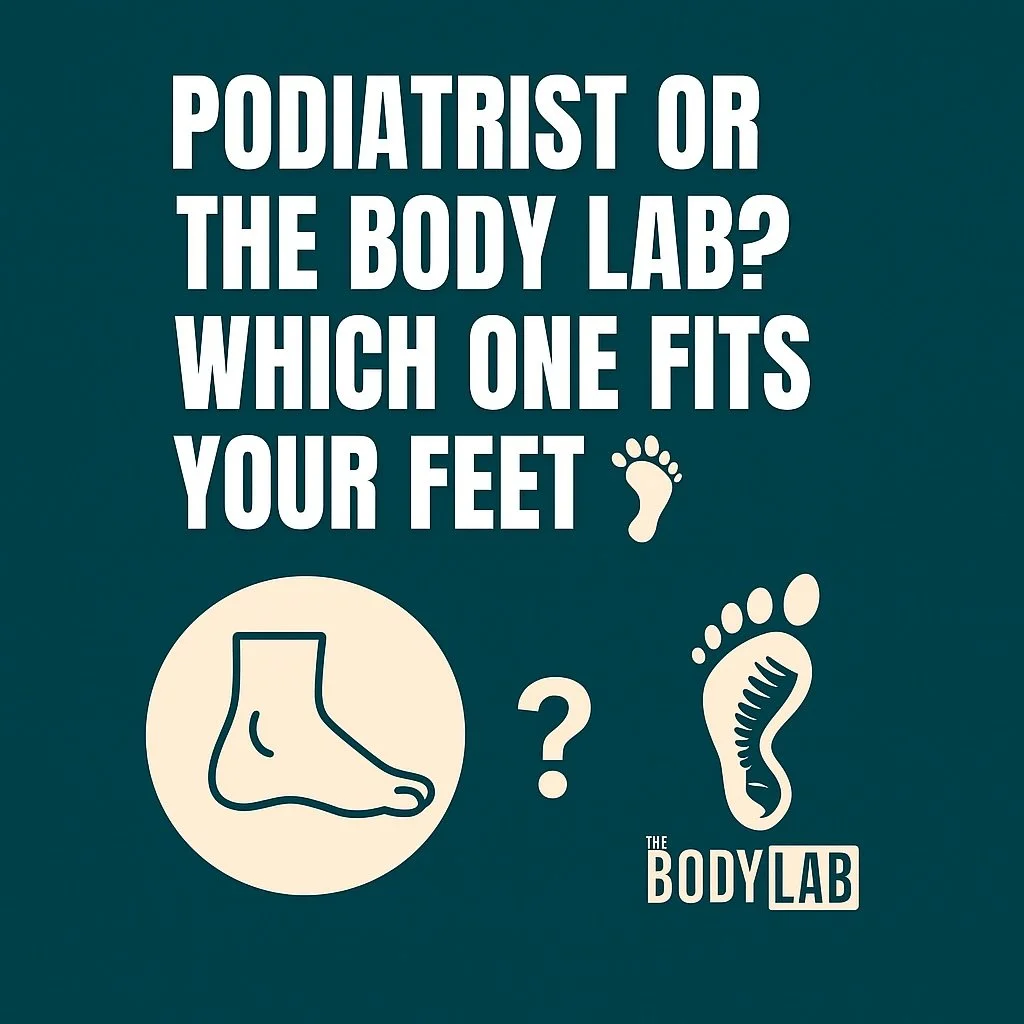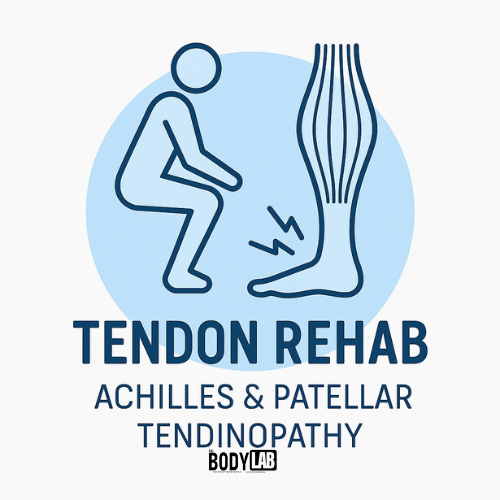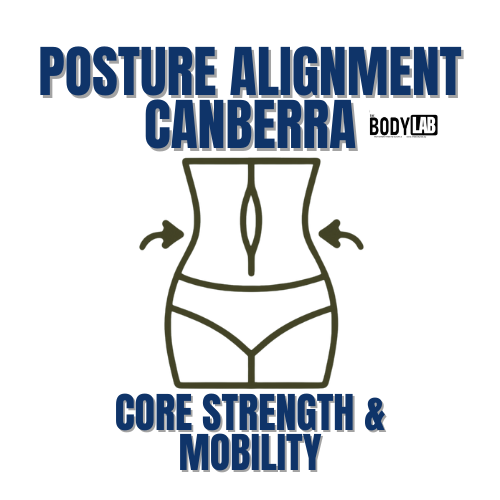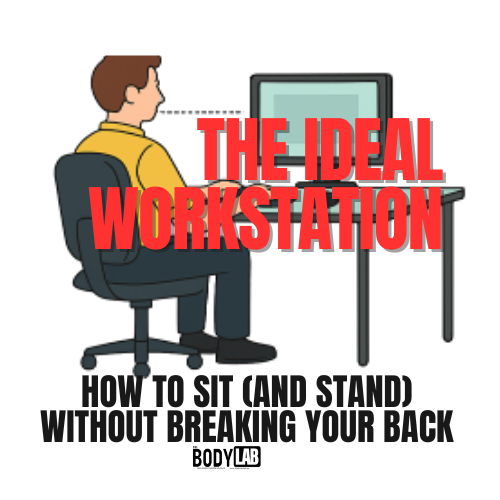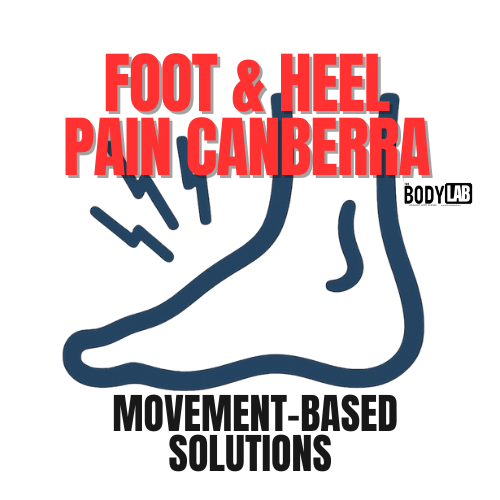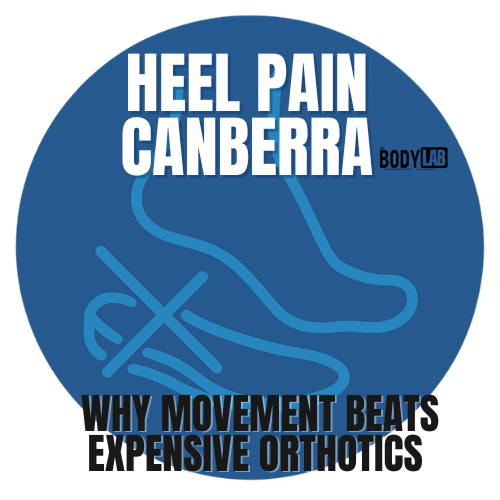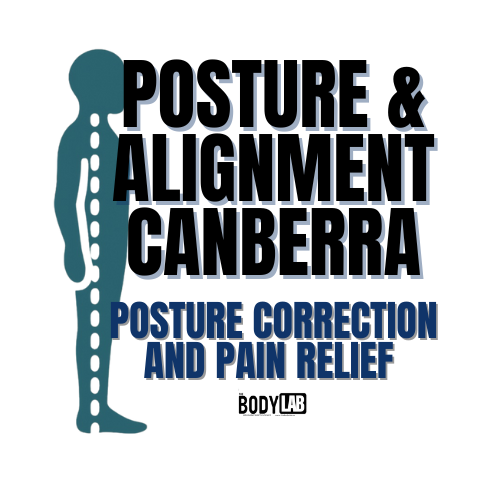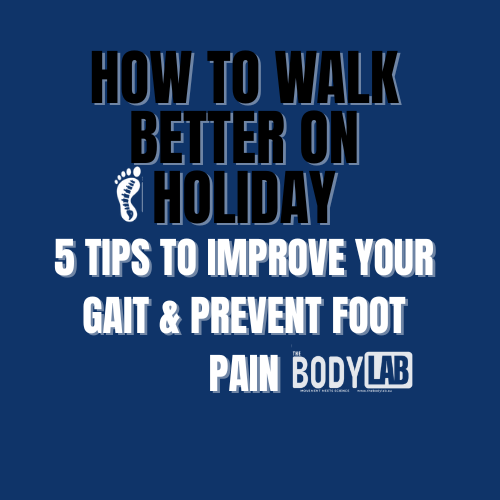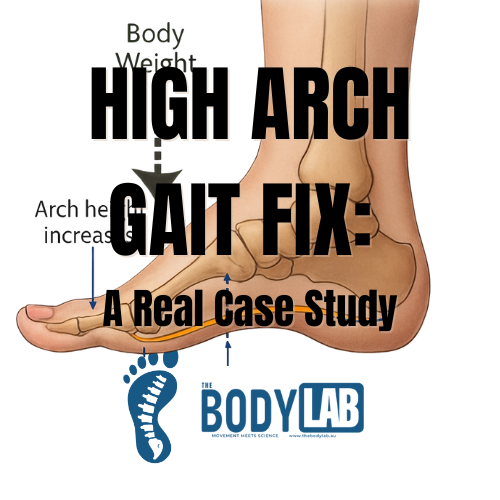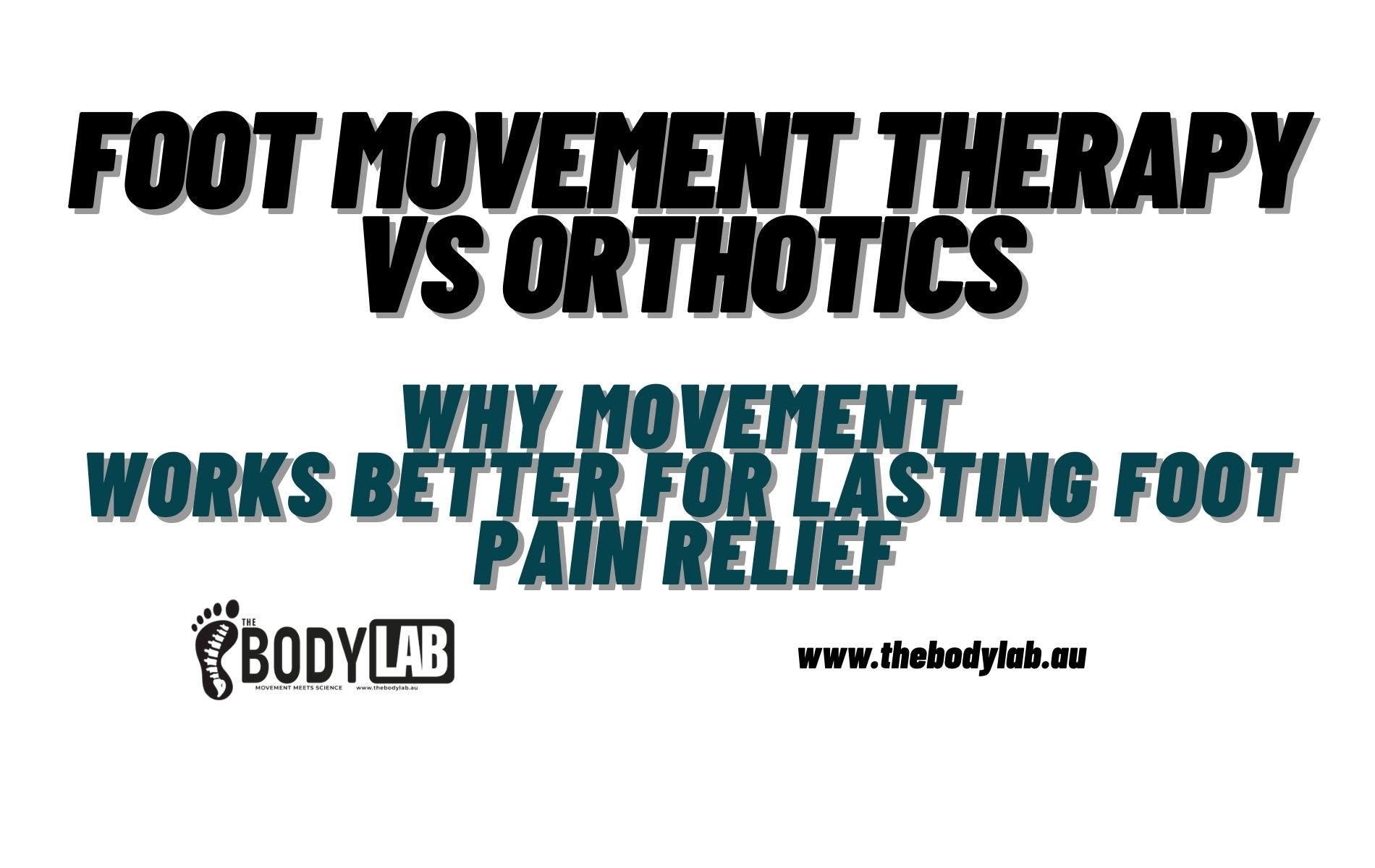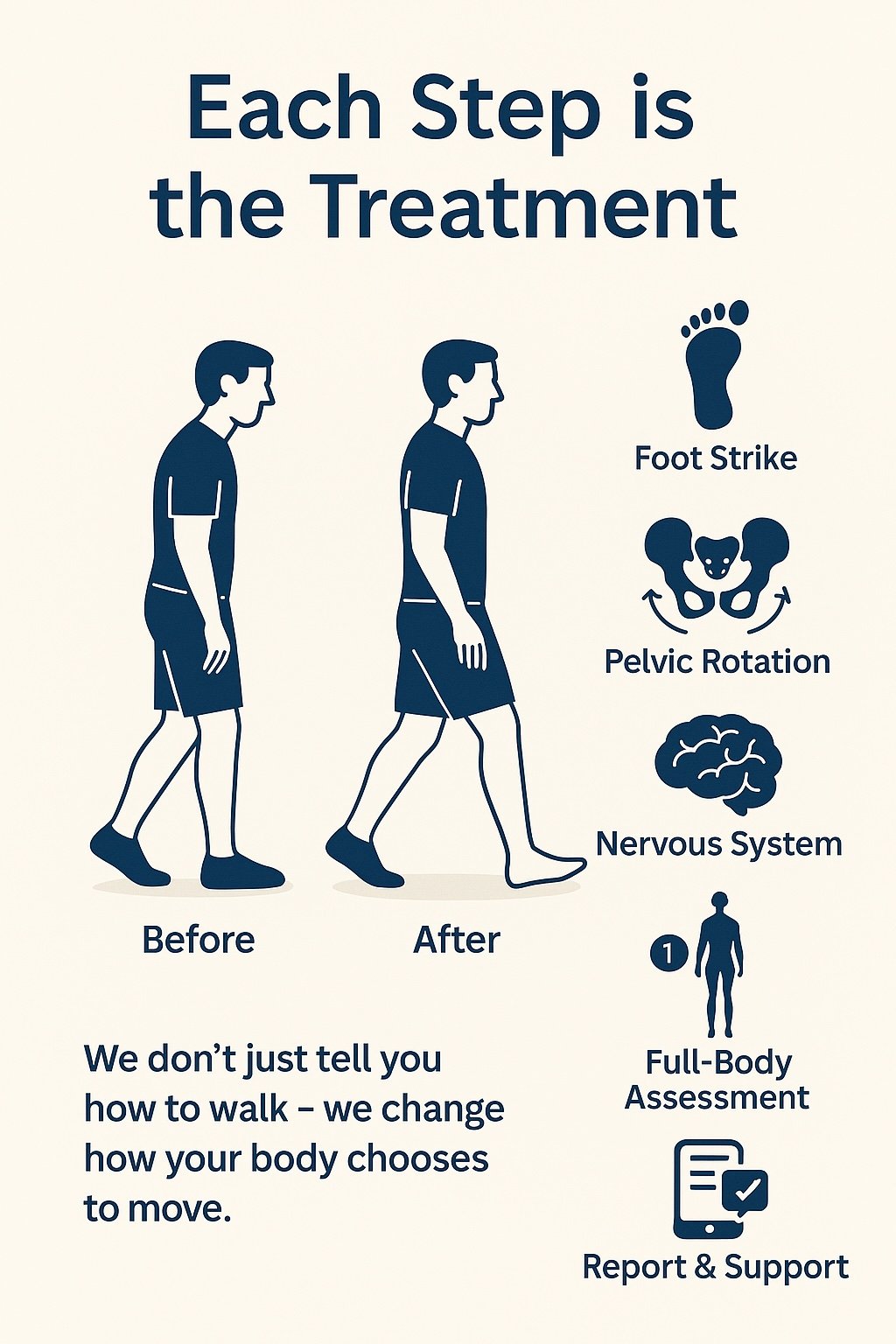Foot Movement Therapy: A Better Way to Fix Your Feet (Without Orthotics)
Ever feel like your feet are plotting against you?
You know the story — that ache in your arch, the sharp stab under your heel, or the toe that’s doing its own interpretive dance. You’ve probably tried everything: insoles, ice packs, maybe even a half-hearted yoga attempt. But if your pain keeps coming back like a clingy ex, it might be time to go deeper — right into your joints.
Welcome to Foot Movement Therapy (FMT) — the unsung hero of the foot world. Unlike treatments that slap a Band-Aid on the problem (looking at you, arch supports), FMT targets the root cause of your foot dysfunction. That’s right — no gimmicks, no gadgets. Just good, hands-on science.
What Is Foot Movement Therapy?
Foot Movement Therapy is a hands-on, joint-based treatment designed to restore the natural motion and alignment of your foot and ankle bones. Think of it as a deep stretch for your joints — the ones that are stiff, cranky, or stuck in a bad position.
Using precise, gentle movements, FMT helps your joints slide, glide, and rotate the way nature intended. This unlocks your foot’s full potential — improving posture, balance, and even reducing pain in your knees, hips, or back. Yep, the ripple effect is real.
Why Joints Matter (a.k.a. Why Towel Curls Won’t Cut It)
When your joints don’t move well, your muscles can’t do their job properly. That “flat foot” or that “overpronation” isn’t just about arches — it’s about the 33 joints in each foot not playing nicely.
Foot Movement gets those joints talking again.
Research has shown that joint mobilisation increases range of motion, decreases pain, and enhances proprioception — your body’s internal GPS.
— Vicenzino et al., Journal of Orthopaedic & Sports Physical Therapy (2017)
FMT works by:
Reducing joint stiffness
Restoring bone alignment
Improving joint lubrication and nutrient flow
Promoting neuromuscular re-patterning
Enhancing muscle coordination
Conditions Foot Movement Therapy Can Help
FMT isn’t just for chronic foot fiddlers. It’s suitable for a range of conditions, including:
✅ Plantar Fasciitis – Reduce tension by restoring rearfoot mechanics
✅ Morton’s Neuroma – Decrease nerve compression through midfoot decompression
✅ Bunions & Rotated Toes – Realign joints without invasive intervention
✅ Flat Feet & Collapsed Arches – Encourage medial arch height through subtalar and midfoot mobility
✅ Cuboid Syndrome – Mobilise the cuboid and its sassy neighbours
✅ Shin Splints & Tibialis Posterior Tendinopathy – Improve foot strike mechanics
✅ Knee, Hip, or Low Back Pain – Yep, it all starts from the ground up
In a 2021 review, mobilisations were shown to significantly reduce pain and improve function in patients with mechanical foot dysfunctions
— Cruz-Díaz et al., Clinical Rehabilitation (2021)
What Does a Foot Movement Session Look Like?
No crack-and-pop theatrics here. A session usually involves:
Joint-by-joint assessment of your foot, ankle, and lower limb
Targeted joint mobilisation techniques (no tools, just hands)
Re-checking movement and posture in real-time
Reinforcement exercises you can do at home (no towel curls, promise)
Walking re-education so you leave moving differently, not just feeling better
And no — you don’t need to wear orthotics forever. In fact, FMT aims to get you out of them by restoring your foot’s natural function.
FMT vs Orthotics: Why Mobilisation Wins
How Many Sessions Do I Need?
We get it — time (and budget) matters. FMT is usually done in a short burst, typically:
Once per month for 4–6 months
With check-ins as needed
Home program = essential
Most clients feel change after just 1–2 sessions — often noticing smoother walking, less pain, or a “my-foot-feels-normal” moment they forgot was possible.
Foot Movement in the Scientific Spotlight
If you’re into the research (and hey, we are), here’s the latest:
Kim et al. (2019) found joint mobilisation improved arch height and walking ability in patients with flat feet (Journal of Physical Therapy Science)
Pacheco et al. (2020) showed improved pain outcomes for plantar fasciitis with mobilisation compared to stretching alone (Physiotherapy Research International)
Yavuz et al. (2022) reported increased postural control and foot proprioception following joint mobilisation in elderly adults (Gait & Posture)
Translation: it works. And your nervous system loves it.
Who Performs FMT?
At The Body Lab, Foot Mobilisation is more than a technique — it’s part of a bigger plan to get you moving better, not just feeling better.
Your session might also include:
Mobility drills
Manual therapy
Education on how to keep your gains
We combine foot mobilisation with strength training, nervous system work, and real-world movement — because feet don’t exist in isolation, and neither should your treatment.
Want to Fix Your Feet for Good?
It’s time to stop taping, strapping, padding, and wishing. Book your Foot Movement Assessment today and get those joints moving the way they were designed to.
👣 Your body starts at your feet — make sure they’re not holding you back.
✅ Book now at here
📍 Canberra, Ainslie
📅 Initial sessions: 75 minutes
Research Citations Kim EK, Kim JS. The effects of foot orthosis and short foot exercise on the medial longitudinal arch and dynamic balance in flexible flatfoot patients. J Phys Ther Sci. 2016;28(11):3136–9. doi:10.1589/jpts.28.3136Cruz-Díaz D, Hita-Contreras F, Lomas-Vega R, Martínez-Amat A. Effects of joint mobilization on chronic ankle instability: a randomized controlled trial. Clin Rehabil. 2015;29(8):751–63. doi:10.1177/0269215514556744Vicenzino B, Collins N, Cleland J. The impact of manual therapy on musculoskeletal pain and function: a critical review. J Orthop Sports Phys Ther. 2017;47(10):638–48. doi:10.2519/jospt.2017.7280Yavuzer G, Uygur F, Yavuzer S. Effects of mobilization on proprioception and balance in elderly adults with foot dysfunction. Gait Posture. 2022;94:124–30. doi:10.1016/j.gaitpost.2021.12.012Pacheco IR, Silva PLP, Lima FP, Lima KC, Oliveira RR. Comparison between stretching and foot mobilization in patients with plantar fasciitis: a randomized clinical trial. Physiother Res Int. 2020;25(1):e1803. doi:10.1002/pri.1803



